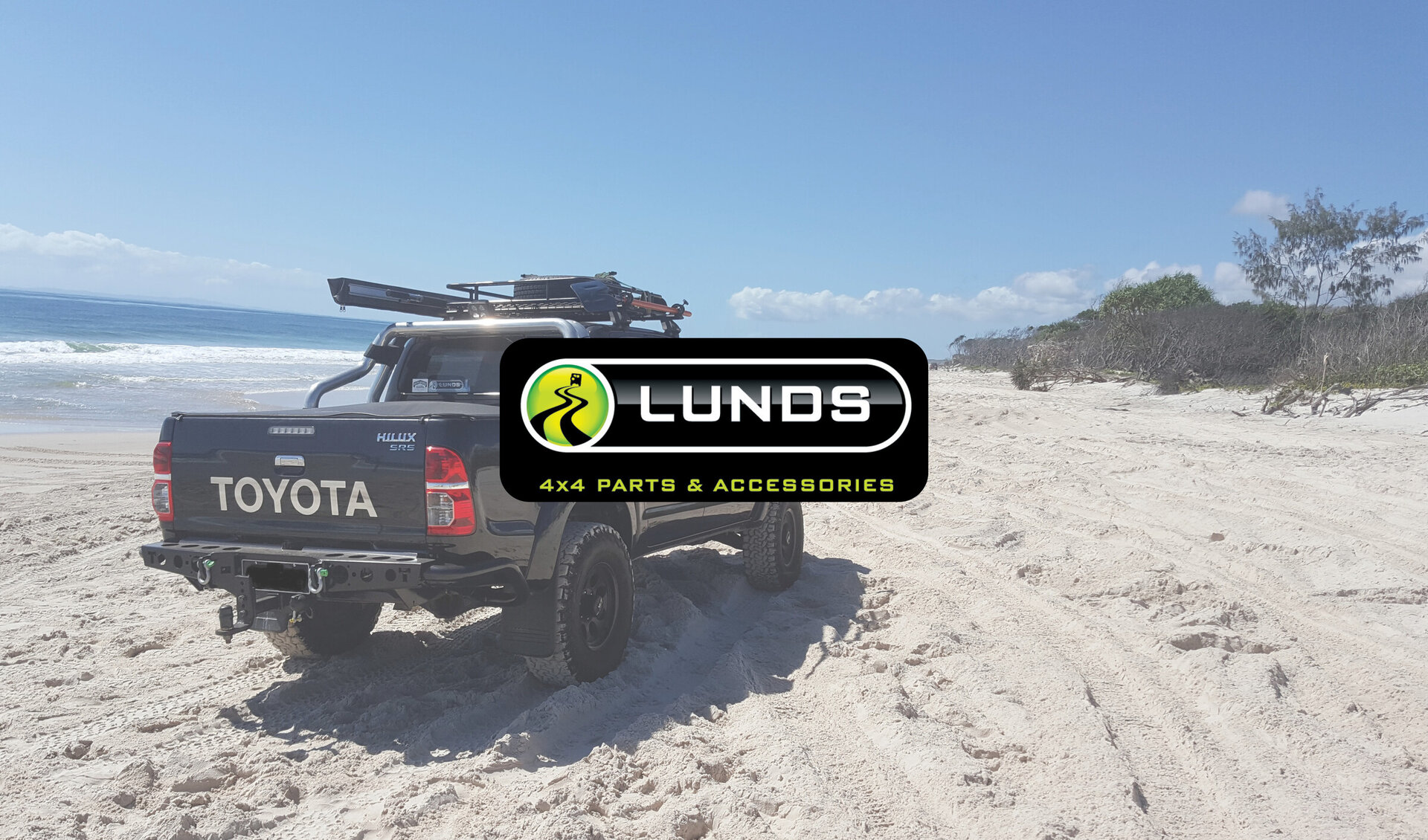J-B Weld products have been a workshop staple for more than 50 years and many of us will remember more than one difficult situation when the brand’s epoxies or adhesives got the job done.
Far beyond a makeshift repair, J-B Weld’s flagship two-part epoxy system is formulated to provide a strong, lasting repair. Independent YouTube videos show all kinds of amazing tests such as re-joining two pieces of metal and suspending close to 50kg from the joined piece, giving credence to the company’s claim of ‘World’s Strongest Bond’.
What you may not realise is J-B Weld also offers a range of top tier, gasket-maker silicones. J-B Weld’s 100 percent silicone formula sets it aside from sealants cut with fillers to reduce cost. While 100 percent silicone sealants are more expensive to manufacture, they give better crosslinking on a molecular level, leading to benefits such as better fluid resistance, less shrinkage in cold temperatures and a longer lasting seal.
Being part of the brand’s Room Temperature Vulcanising (RTV) sealant range, the product cures when exposed to moisture in the air.
When replacing an OEM chemical seal such as a timing cover or sump, run a 4mm bead along the clean and dry surface, allow it to briefly dry until tack-free – a thin, non-tacky skin on top then assemble the two components together.
As with other non-sag-type RTV sealants, do not intentionally smear the product with your finger after running a bead.
With parts availability now a real issue and many items on intergalactic backorder and not available in the country, it’s worth noting the alternative use for this RTV silicone to completely substitute it in place of a traditional gasket, whether it’s for an inferior cork automatic-transmission pan gasket or the more traditional style rubber tappet-cover gasket.
Taking the tappet-cover gasket example, after cleaning and drying the tappet cover, run a bead in the cover’s gasket groove, obviously thick enough to sit proud of the tappet cover itself. Fit the tappet cover but only tighten the bolts finger tight.
Trim or wipe of any excess that has squeezed out and allow one hour for the silicone to cure before tightening down, following the same procedure you would for any gasket bought off the shelf.
Allow 24 hours for the silicone to cure and you will have a permanent form-in place gasket, capable of conforming to abnormalities in the surface even better than an off-the shelf gasket while providing less shrinking at cold temperatures and remaining compliant without going hard or brittle.
J-B Weld offers a range of silicones to suit various applications, with the two mainstays in our workshop being Ultimate Black and Ultimate Grey.
Ultimate Black provides the highest oil resistance, along with impressive temperature resistance up to 370°C. This is best suited to components that will see continued oil contact such as timing covers and sumps.
Ultimate Grey is ideal for high torque and high-vibration applications, meaning this is best suited to components with closely spaced bolt patterns. With great flexibility and oil and glycol resistance, this is your best choice for items such as intake manifolds and water pumps.
Red Hi-Temp Silicone, as the name suggests, is excellent in high-temperature applications such as exhaust components.
Take a look at the J-B Weld website to see the full range, including Clear RTV, which may visually suit your specific application.
All J-B Weld silicones are sensor safe, meaning you have no chance of fouling oxygen, temperature or pressure sensors. Being manufactured and packaged in the United States, as well as boasting a US-based research and development department which quality-checks every product batch, J-B Weld is able to ensure consistent high product quality.
I have found their silicones store well in the workshop after opening, not drying up mid-package as I’ve experienced with other brands, meaning we are able to use the whole tube over multiple jobs while maintaining a stable consistency, making it a cost-effective, top quality silicone we can trust.
